Last Chance to Catch NYC's Holiday Notalgia Train
We met the voices of the NYC subway on our nostalgia ride this weekend!


As a consequence of city-living, locals become accustomed to crowded subway cars and the constant lack of personal space. The congested nature of New York City is enough to turn any person into a grumpy urbanite, but spacious green space does exist if you know where to look.
Alley Pond Park, spanning over 655 acres, is one such refuge. As the second largest park in Queens, it provides enough breathing room for city-folk to freely stretch their arms without accidentally ramming their fists into adjacent bystanders. What more could someone ask for?
Alley Pond Park exists on top of an accumulation of glacial debris that formed 15,000 years ago during the Pleistocene Epoch. The southern edge of the glacier, known as the Minnesota Ice Sheet, deposited boulders on the hillsides of the southern end of the park and left behind buried chunks of ice, which eventually melted to form the park’s present system of “Kettle Ponds.” Today, fresh water that trickles down from the hills mixes with the salt water from the Little Neck Bay, creating Alley Pond’s diverse system of freshwater and saltwater ecosystems.
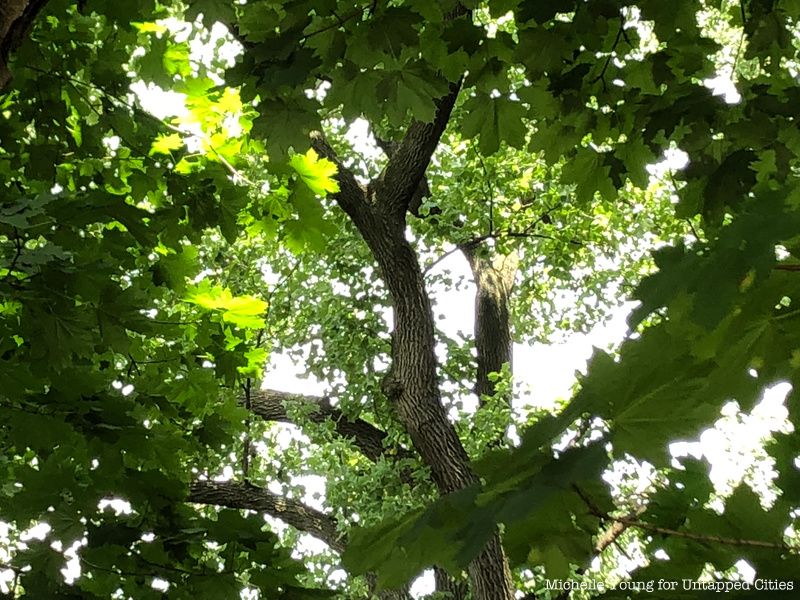
Alley Pond Park was named after “The Alley,” an 18th century commercial center formerly located at the site. According to NYC Department of Parks and Recreation, the origin of the center’s name can be traced back to two theories. Some believe “alley” may actually refer to the shape of the natural valley created by the glacier itself; a second theory, however, suggests that the term originates with colonial travelers who had to pass through “the alley” (formed by a creek and pond) in order to make their way to the Manhattan ferries.
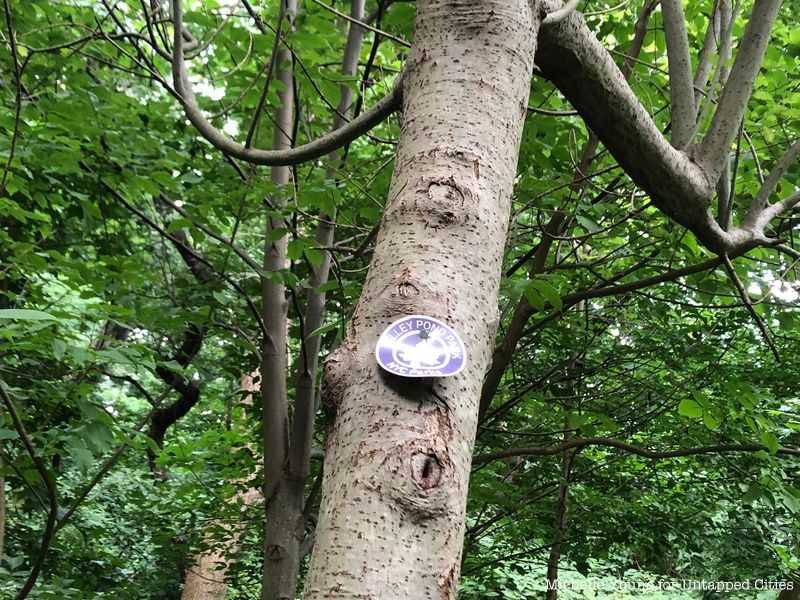
Launched by the New York City Department of Parks & Recreation, the Forever Wild Program seeks to preserve ecologically rich land across all five boroughs of New York City. There are over 50 sites included in the initiative, which account for roughly 9,000 total acres of forests, wetland and other green space. Alley Pond Park, just one of 10 preserves in Queens, is the most ecologically diverse park owned by the City of New York/Parks and Recreation in the borough. It holds some of the largest forests in the City and supports a variety of rare plant species including bloodroot, Christmas fern, ginat yellow hyssop and more.
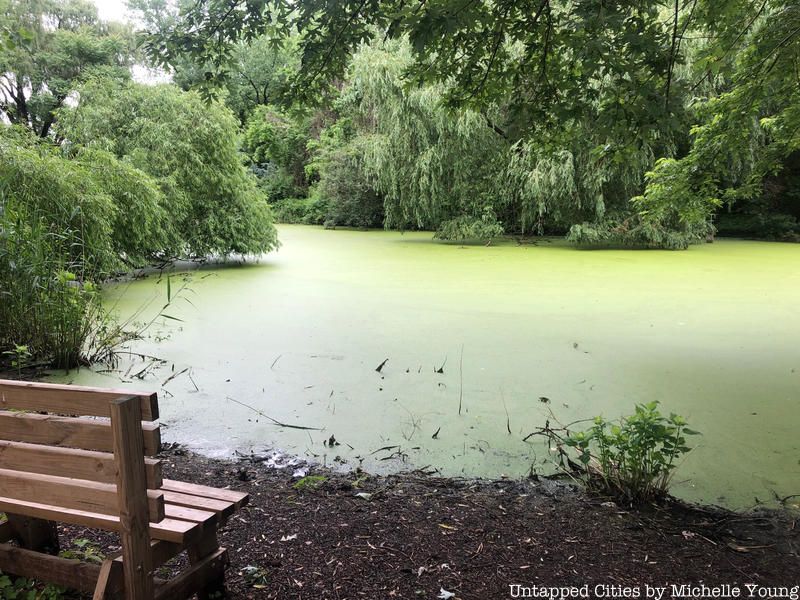
When Alley Pond Park opened to the public in 1935, it included several acres of playing fields within the green space, including a playground, tennis courts, baseball fields and more. Parks Commissioner Robert Moses also added a nature trail to his master plan: the first interpretive trail of its kind in the city, which was completed in 1935.
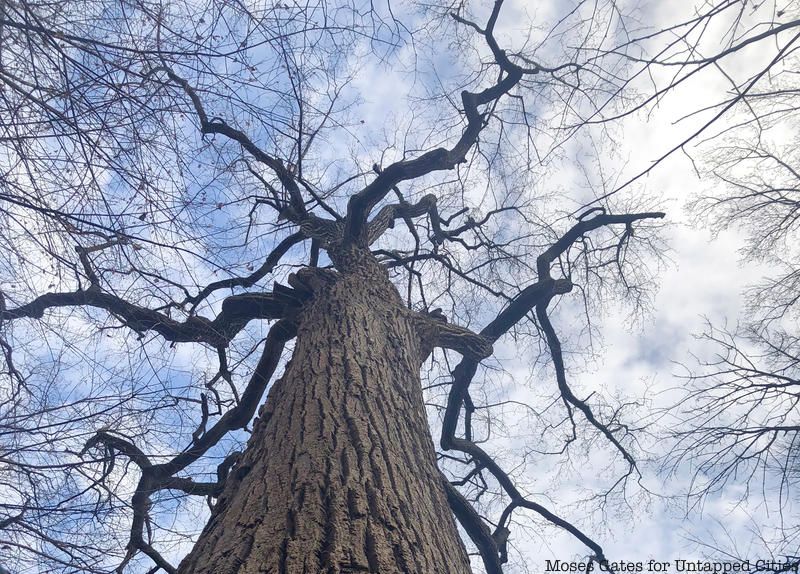
The oldest and tallest tree in New York City, known as “the Queens Giant” can be found in Alley Pond Park. According to a 2004 article in The New York Times, the gigantic tulip tree is believed to be over 450 years old. In 2005, it stood tall at 134 feet and continues to withstand the test of time. A NYC Park sign, placed at the location of the tree, reveals just how old it is:
“It was standing tall when General George Washington passed close by in 1790 on a tour of Long Island, and it was most likely a young tree when the Dutch East India Company sent a group of Walloon families to Manhattan in 1624.”
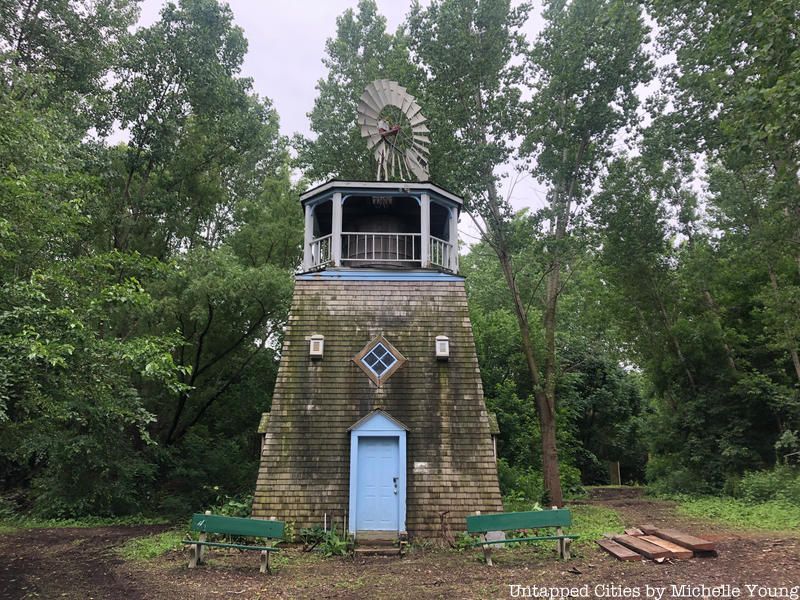
Around 1870, a pumping windmill was constructed on the Douglaston peninsula to bring water to farms in the area. The structure was mainly used for agricultural purposes until the turn of the century, when homes were built on top of farmland. In light of the residential development, the site of the windmill was sold in 1985, fueling the establishment of a local committee, which successfully saved the structure by moving it to a location just west of Alley Pond Environmental Center’s building.
Unfortunately, the original windmill has since been burned down in an act of arson. A new water-pumping replica, constructed by the committee, now sits in its place as a local landmark. Today, water sourced from the structure is used for resource management. The Douglaston Estate Windmill in Alley Pond Park also continues to serve as a symbol of the site’s agricultural roots.
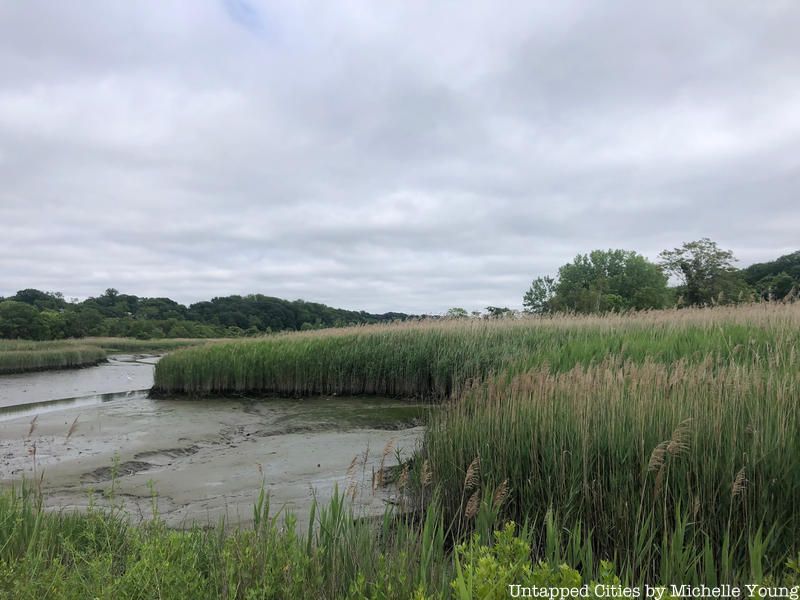
Oakland Lake, previously known as Mill Pond, is one of the many beloved natural features in Alley Pond Park. Although it is now a rehabilitated site, it used to serve as a municipal water source in the 19th century, when the lake was acquired by the Village of Flushing. After the consolidation of the five boroughs in 1898, the body of water was transferred to the City’s Department of Water Supply, Gas and Electricity.
Bayside pumping station was eventually constructed on the site and remained in use for a period of time before the City began to source water from upstate reservoirs and aqueducts. However, claims reveal that people drank from the lakeside springs as recently as the 1950s, according to NYC Department of Parks and Recreation.
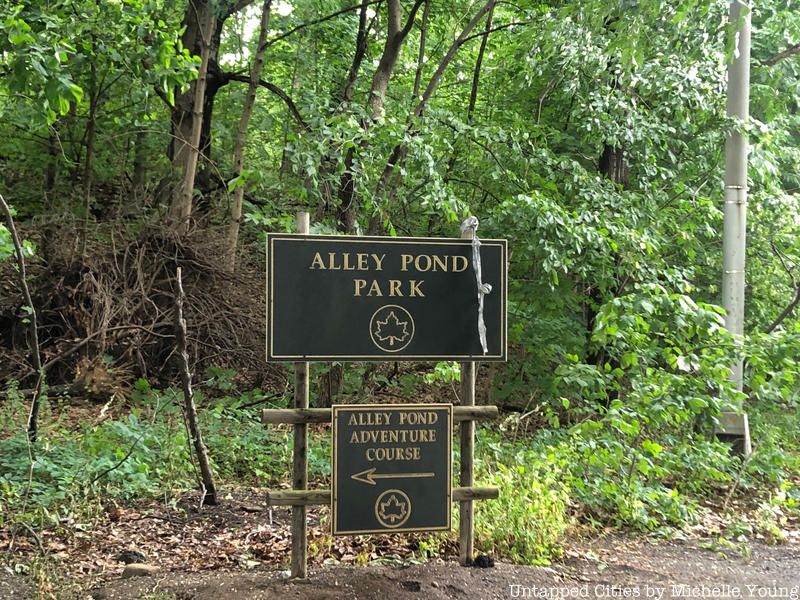
The Alley Pond Adventure course, a sprawling complex of low and high ropes, includes a zip-line, a climbing wall, a trust fall station and much more. It is the first challenge course in New York City and one of the largest in the country. (It’s also the largest challenge course in the metropolitan region.) Even so, the course remains under-the-radar to this day, nearly a decade after its construction.
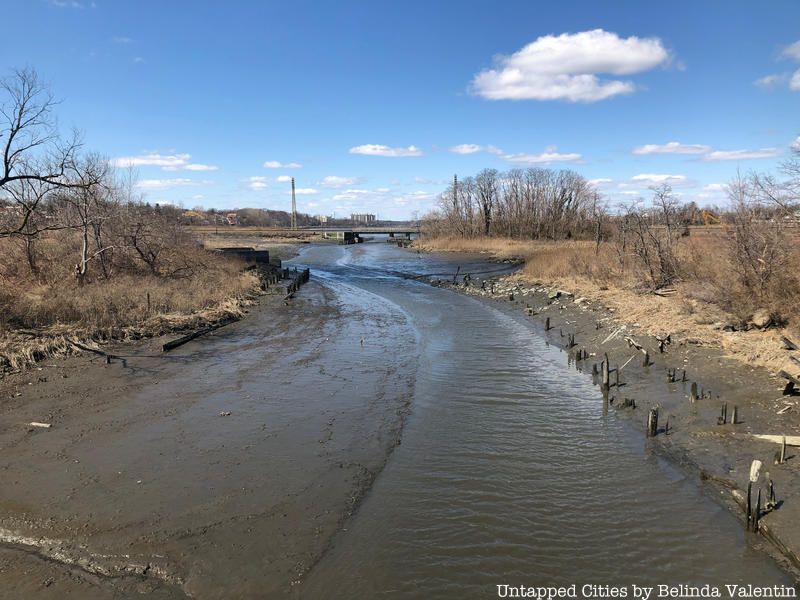
Although Alley Pond Park has been the focus of rehabilitation efforts for decades, its health is still dependent on community and governmental support. As reported by Nathan Kensinger at Curbed NY, Alley Creek lost 30 percent (13 acres) of its marsh from 1974 to 2012 alone, equating to about two feet of loss per year. To combat its erosion, conservation efforts have been taking place over the last few months to clear away debris and non-native invasive plant species, such as common reeds.
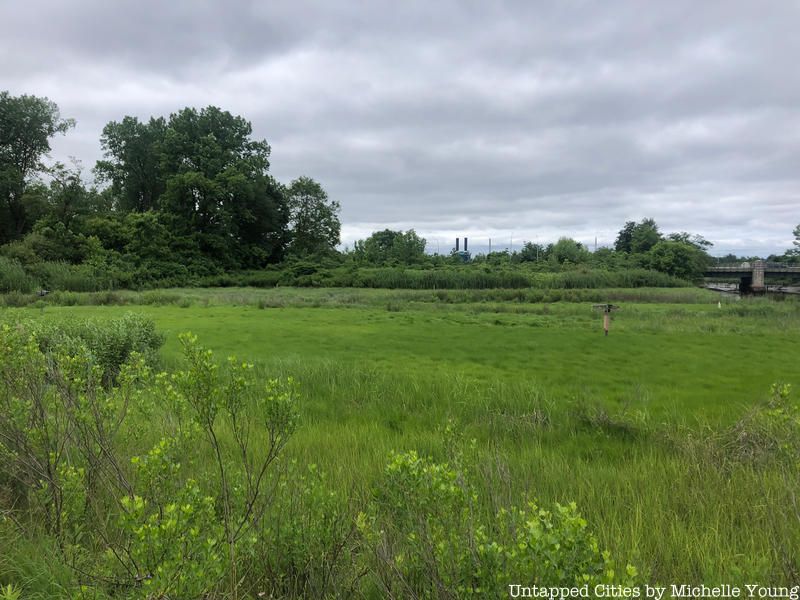
Kiddy City, spanning 25 acres, was the third largest amusement park in New York City when it opened in 1954. Located on Northern Boulevard and 230th street, the attraction featured 24 rides, a batting cage, an arcade and an archery range. It thrived for a decade until a fire destroyed the adjoining Treasure Island Restaurant & Arcade in 1964. Although the amusement park was not actually damaged in the disaster, its owners were forced to sell the rides as the restaurant was a vital for bringing in profit. Without the necessary funds to pay for insurance premiums or to rebuild a new restaurant, Kiddy City officially closed down. The remnants of the park were later removed to complete Alley Pond Park. Today, its golf center remains in operation near the site.
Next, check out the Oldest and Tallest Tree In NYC: The Queens Giant in Alley Pond Park.
Subscribe to our newsletter